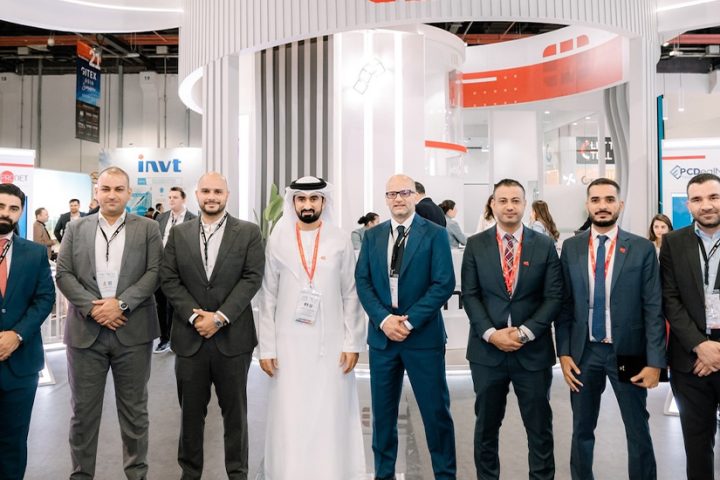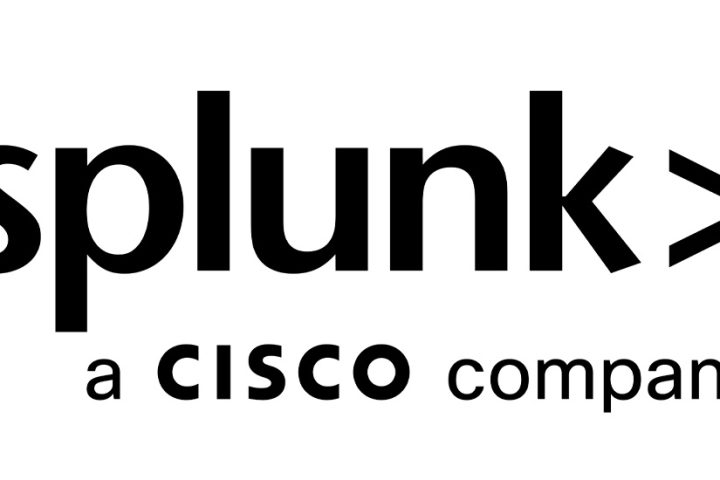For the past several years, Red Hat has emphasized the interplay of IT’s four footprints, from physical servers and virtual machines to private and public clouds. A single environment is unlikely to scale and adapt to meet the needs of the modern enterprise, from competitive dynamics to evolving customer demands. Hybrid cloud, where workloads and resources span these deployment options, is now a critical component for digital transformation, as is consistency. CIOs need to know that their applications and services will respond consistently in a certain way, every time, everywhere.
The four footprints are immaterial to the end user. The hybrid cloud is becoming a default technology selection – enterprises want the best answers to address their problems, regardless of what footprint it exists in or which vendor offers it. Red Hat intends to provide the common platform that offers a stable, consistent, and reliable fabric that stretches across four of IT’s footprints, regardless of the underlying hardware, service, or provider. This provides consistency and abstraction, enabling IT teams to focus on embracing innovation rather than trying to desperately integrate legacy technologies with screaming-fast emerging cloud services.
Broadly, this platform is Kubernetes; specifically, it’s Red Hat OpenShift.
One platform for digital transformation
Organizations want to embrace new technologies, like Linux containers, microservices, artificial intelligence/machine learning, and the hybrid cloud, to outpace competitors, address new markets, and meet evolving customer demands.
Red Hat OpenShift Container Platform already serves as the Kubernetes-based bridge, linking the old world of bare metal and virtualization to IT’s new reality of private and public cloud services. In effect, Red Hat OpenShift provides a clear path to the hybrid cloud and, through that, digital transformation…but it gets better.
With the acquisition of CoreOS in January 2018, we’re adding automated operations to OpenShift, based on similar functionality from CoreOS Tectonic. This is designed to make running Kubernetes at cloud-scale as easy as pushing a button, as all of the manual grunt work of updating and upgrading OpenShift clusters is replaced by an automated process with OpenShift itself.
We’re extending this concept of Kubernetes automation on OpenShift even further, with the addition of the Operator Framework to Red Hat OpenShift. An open source project based on CoreOS’s Operator concept, adds automation to the services and applications running on top of OpenShift. Now, ISVs can bring their applications to Red Hat OpenShift more quickly in a common, consistent manner, and deliver them on any cloud infrastructure where Red Hat OpenShift runs.
We also announced plans for Container Linux, CoreOS’s popular, lightweight container operating system. Container Linux capabilities will be used within the broader Red Hat ecosystem and will ultimately help to form the immutable foundation of Red Hat OpenShift offerings in the future as Red Hat CoreOS.
Hybrid clouds, hybrid services
Red Hat has long maintained a robust partner network to help drive open hybrid cloud adoption, and we’re adding new integration with key partners to help make hybrid cloud the de facto footprint for modern IT.
Adding to our existing collaboration with IBM, we intend to bring the hybrid cloud to IBM customers globally, with Red Hat OpenShift Container Platform serving as the linchpin. As part of this expanded collaboration, IBM software will be offered as Red Hat Certified Containers on OpenShift, IBM Private Cloud will integrate with the capabilities of Red Hat OpenShift Container Platform, and Red Hat OpenShift will be available on the IBM public cloud.
We’re also building upon our growing relationship with Microsoft with the launch of the first jointly-managed Red Hat OpenShift service on a public cloud: Red Hat OpenShift on Azure. Through this service, enterprises can run both WIndows containers and Red Hat Enterprise Linux containers on a single, common foundation, and move their cloud-native workloads across the hybrid cloud with ease.
Red Hat OpenShift Container Platform. We’re providing the common platform that spans hybrid cloud and hybrid services, enabling enterprises to build the applications that they need, with whatever services and components that they need, regardless of where those tools lie or where the application will ultimately live.
The hybrid cloud is built from technologies that, even just a few years ago, were considered “too innovative” to support enterprise workloads, including Linux containers and Kubernetes.
Serverless fits in with the broad move towards abstracting enterprise IT. Broadly, serverless technologies enable developers to write functions that work when needed and for only as long as needed; then they disappear. This technology trend makes the open hybrid cloud and a common operating platform so critical in today’s age.
The hybrid cloud requires a hybrid approach to management, but legacy Cloud Management Platforms (CMP) are frequently ill-equipped to manage today’s hybrid environments, which require portability and flexibility.
It’s your IT that matters, not the footprint
We talk a lot about technology, footprints, and a common stack, but the only thing that matters to your organization is what matters to your organization. Your infrastructure: It’s the services, not the technology. The future is service-defined infrastructure, where enterprises simply consume services from an abstracted and automated Kubernetes platform running on standards-based infrastructure software and commoditized hardware (on-premises or in the cloud).
To further this concept, you can expect to see Red Hat introduce technologies that straddle the infrastructure and services demarcation, which started with the launch of Red Hat’s container-native storage offering in 2017 and continues today with container-native virtualization. We’ve seen great momentum with container-native storage and now with container-native virtualization, we working to bring virtual machines to the same level as container-native development, breaking down developer silos and enabling enterprise IT teams to have a single workflow for building their mission-critical apps, no matter if they’re based in containers or VMs. Because it’s the applications and the services that matter to your organization, not how they’re delivered.














